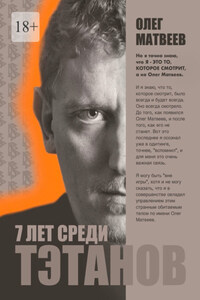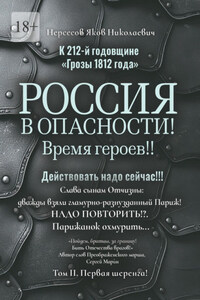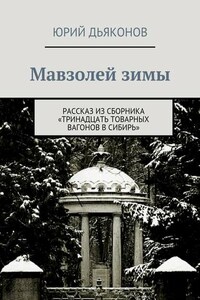Copyright
HarperCollinsPublishers Ltd.
1 London Bridge Street
London SE1 9GF
First published in Great Britain by HarperCollinsPublishers 1993
Copyright © Peter Gurney 1993
Peter Gurney asserts the moral right to be identified as the author of this work
All rights reserved under International and Pan-American Copyright Conventions. By payment of the required fees, you have been granted the nonexclusive, nontransferable right to access and read the text of this ebook on-screen. No part of this text may be reproduced, transmitted, downloaded, decompiled, reverse-engineered, or stored in or introduced into any information storage and retrieval system, in any form or by any means, whether electronic or mechanical, now known or hereafter invented, without the express written permission of HarperCollins ebooks
HarperCollinsPublishers has made every reasonable effort to ensure that any picture content and written content in this ebook has been included or removed in accordance with the contractual and technological constraints in operation at the time of publication
Source ISBN: 9780006379805
Ebook Edition © SEPTEMBER 2016 ISBN: 9780008219406
Version: 2016-09-20
Introduction
It was the picture which did it: one moment it was hanging neatly on display in my office, the next it was on the floor. The morning of 7 February 1991 had been wholly unremarkable, the capital as grey and cold as the day I’d first joined the Explosives Office. But now, at 10.08, just as I was walking back to my desk in Cannon Row Police Station, cup of coffee in hand, everything changed. When a heavy bomb goes off in the distance you hear a rumble, the echo of the sound wave bouncing off buildings. When a bomb goes off near by you hear a distinct crump! like the one I’d just heard. It was followed by another lesser sound.
I sprinted to the doorway and yelled at the Control Room to find my driver.
Someone answered: ‘You haven’t been tasked yet.’
‘When pictures start falling off my wall,’ I shouted, ‘I don’t wait to be tasked.’
My Range Rover was in the yard, already loaded; my driver and I threw ourselves into it and hurtled out through the car park and into Whitehall. On my right I could see a vehicle on fire, a white Ford Transit van parked at an angle and away from the kerb. It was the only sign of anything wrong but it didn’t explain the noise of the explosion – a sound like that and the Transit should have been blown to tiny pieces.
I grabbed an inspector who was trying to usher civilians away from the scene and asked him what had happened. ‘That van,’ he said. ‘There’s been an explosion in that van.’
This was obviously not going to get us very much further. I ran to the van. Through the flames and smoke I could see burning blankets hanging out of the back. I could also see something else: a hole in the roof and three mortar-launch tubes. I tried to get close enough to drag the blankets clear – they might have laundry marks on them (vital forensic evidence) – but the heat was too great and besides, I had heard only one major explosion. A mortar bomb contains 40 pounds of explosive; if two were still in the van then they could be cooked-off by the fire and blow up or be blasted anywhere along Whitehall. Because the mortars were being cooked-off rather than carefully aimed and launched, they could either travel the full distance of their 350-yard range or drop down anywhere along the flight path.
I went round to the front of the Transit and found the Inspector again; he was doing an outstanding job, marshalling his men to get people out of the way. I pointed to the area ahead of the blazing vehicle where a bomb might well fall. ‘I want that area cleared,’ I told him. ‘I need a clear path two hundred yards wide and four hundred yards either end.’
At this point a TV camera crew turned up and caught me on film, waving my arms like a demented scarecrow in front of the blaze. It made for the kind of image television adores but right then I wasn’t so much bothered about what TV was doing to me as what a couple of mortar bombs could do to Whitehall: 140 pounds of metal casing and explosive was likely to come crashing down through someone’s roof from a height of over 250 feet. The buildings on either side of the flight path had to be cleared.
No sooner had I given these instructions than another police officer came running towards me from the direction of Downing Street. Considering the circumstances, he was remarkably calm: ‘There’s been an explosion in the garden of Number Ten …’
I raced down Whitehall and turned into Downing Street. This was obviously the mortar bomb – the crump! I’d heard in my office. It was Brighton all over again; the terrorists were out to get the government itself, but this time it was a meeting of the War Cabinet, called into session to review the latest developments in the Gulf War.








